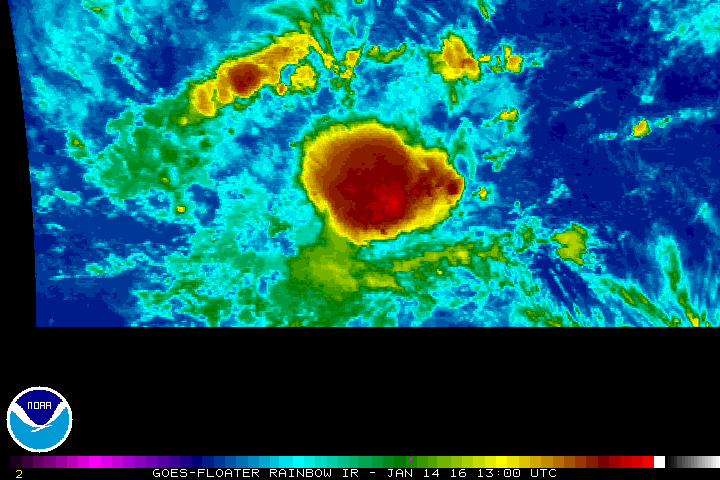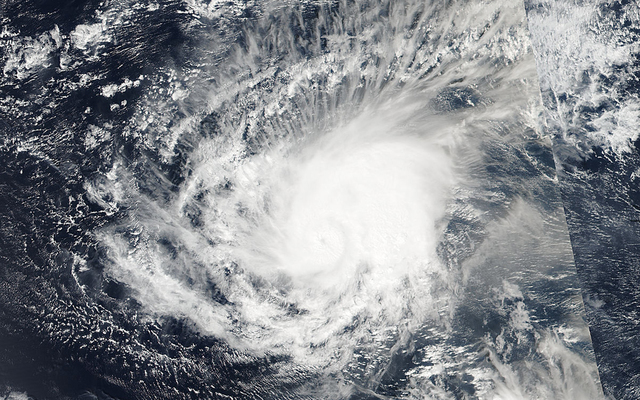Brush with equator is touch of death for Pali

COURTESY NOAA
Former Hurricane Pali weakened to a tropical depression today and should dissipate by Friday.



Former Hurricane Pali is dying as it approaches the equator.
At 5 p.m., Pali weakened to a remnant low with sustained winds of 30 mph and continued to move southwest — closer to the equator — at 3 mph.
Pali was less than 140 miles from the equator this afternoon, about 1,700 miles southwest of Honolulu.
It is likely to dissipate on the equator, forecasters said.
Pali’s fate appeared to be sealed as it approached the equator and windshear began to weaken it.
Forces associated with the rotation of the earth — something known as the Coriolis effect — help tropical cyclones spin counter-clockwise in the Northern Hemisphere and clockwise in the Southern Hemisphere.
Don't miss out on what's happening!
Stay in touch with breaking news, as it happens, conveniently in your email inbox. It's FREE!
The Coriolis effect is strongest at the poles and doesn’t exist at the equator.
Unusually warm waters near the equator along with strong west winds helped Pali become the earliest hurricane to form in a calendar year in the Central Pacific.
But a combination of the lack of Coriolis energy close to the equator, windshear and the weakening west winds caused Pali to deteriorate rapidly, forecasters said.
There’s a slight chance that Pali could take a turn to the west and regenerate once as it moves away from the windshear and the equator. But forecasters said that appears unlikely at this time.



